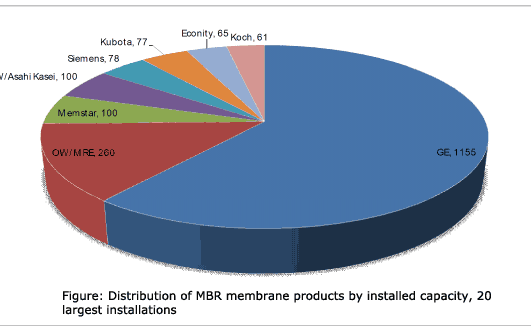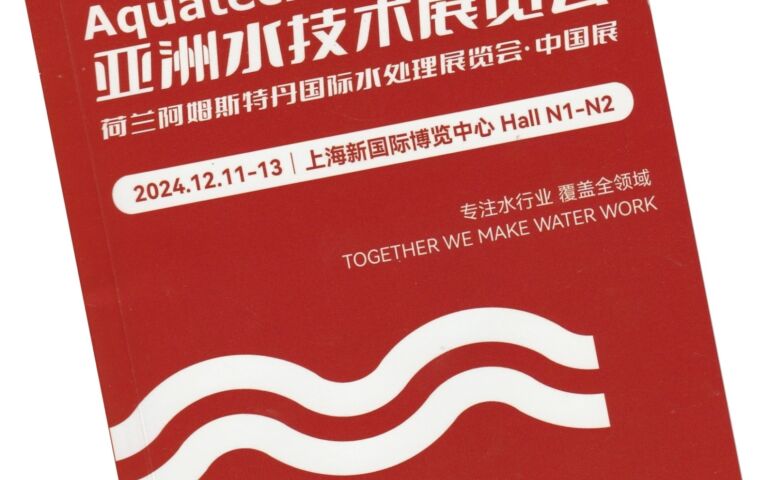Imperial units versus Le Système international d'unités (SI units)

Simon Judd has over 35 years’ post-doctorate experience in all aspects of water and wastewater treatment technology, both in academic and industrial R&D. He has (co-)authored six book titles and over 200 peer-reviewed publications in water and wastewater treatment.
I cannot have been the first to have observed, and indeed commented on, the bizarre circumstances that have allowed the existence of two different sets of units to be used in engineering depending on whether one is in or outside North America.
It is not just that Imperial units are clung to with such fervour in that part of the world, it is the sheer irony of it. Imperial units are actually British. And yet, the British rejected them for decimal units some 45 years ago (and yet, curiously, still cling to miles as a measure of distance and struggle to relinquish miles per gallon as a measure of fuel consumption). And, of course, the US rejected the British themselves (with ample justification) in 1776.
Of course, there is no reason at all why one fundamental unit should be preferred over another, provided it is consistent. So, if length, mass and time were always represented by feet, pounds and hours and all subdivisions of these as decimals, all would be well: all quantities could ultimately be resolved in terms of these three units. Alas, this is not the case with the Imperial system where, it seems, pretty much any unit at all is fair game.
Perhaps this is best illustrated, at least in the field of membrane technology, by the expressions for permeability. Permeability, which in North America is termed 'specific flux', is the ratio of flux to pressure. So, in SI units, this would be m3 per s per m2 for flux (i.e. m/s) and Pascals (i.e. kg per m per s2) for pressure. So, overall permeability takes units of m2 s kg-1.
No-one ever uses these units for permeability. The most common units, outside of the US, are LMH (litres per m2 per hour) per bar or per kiloPascal.
However, given that 1 bar is 100,000 Pascals and a litre is one thousandth of a cubic metre, the only non-decimal unit is time − and there’s not much to be done about that one. So, divide by 1000 to convert litres to m3, by 3,600 to convert hours to seconds, then by another 100,000 to convert bar to Pascals and consistent SI units of length, mass and time are obtained. Obviously, the numbers are pretty small (10-10 – 10-8), which is why no-one uses them in practice: engineers dislike exponents.
In North America, flux is normally expressed as GFD (gallons per foot2 per day). As with LMH, this is purely to provide convenient numbers without those pesky exponents. Pressure is usually pounds force per square inch. So, how to resolve this in terms of the three fundamental quantities of length, mass and time? Let’s start with length.
Length, area and volume
Length, area and volume are expressed in three different units in specific flux. To resolve to a single unit of length would require converting gallons to either cubic feet or cubic inches. Then there’s the concept of 'pounds force', force being mass times gravitational acceleration. Pretty much everyone is taught that acceleration due to gravity is 9.81 m s-2 (so, let’s just call it 10 − we’re engineers). But, for consistent Imperial units, this would have to be expressed in units of feet (32.2 feet per s2) or inches (386 inches per s2) depending on how gallons are expressed in the specific flux.
And then, just to make matters worse, there are the non-decimal subdivisions. Just in terms of length alone, these can hardly be viewed as consistent: twelve inches to a foot, three feet to a yard, eight furlongs to a mile. It’s as if these have been selected by some random integer generator.
Every now and again, someone in North America raises their head above the parapet and expresses the view that maybe it’s time to change to decimal. There are American contemporaries of mine who recall being told that by the time they left school all these Imperial units will have been cast asunder to make way for decimal. It’s been a long wait, and the waiting isn’t over yet.
As a Brit, regularly confronted with the task of processing numbers and units (Watermaths), I’m just eternally grateful that I don’t keep having to ask myself 'Did I apply that conversion factor there?'.








